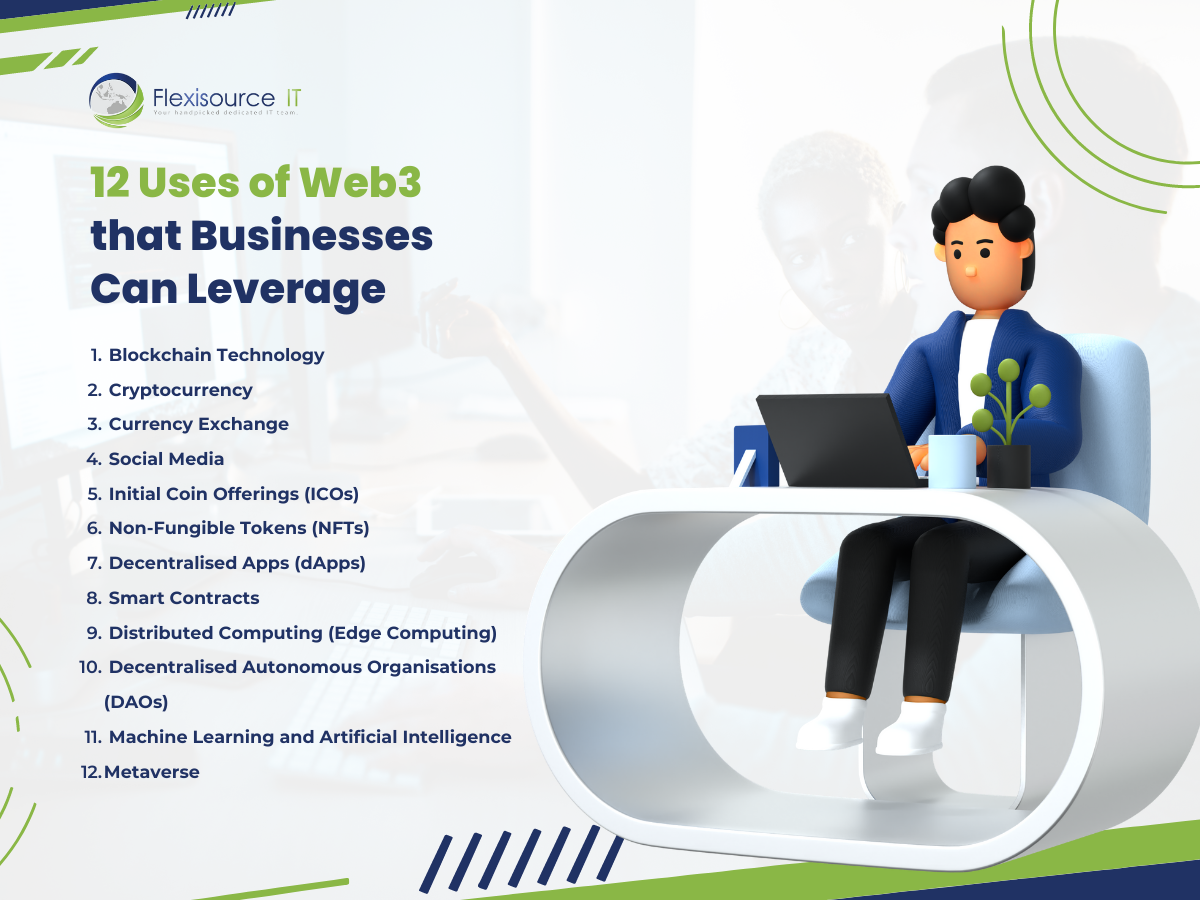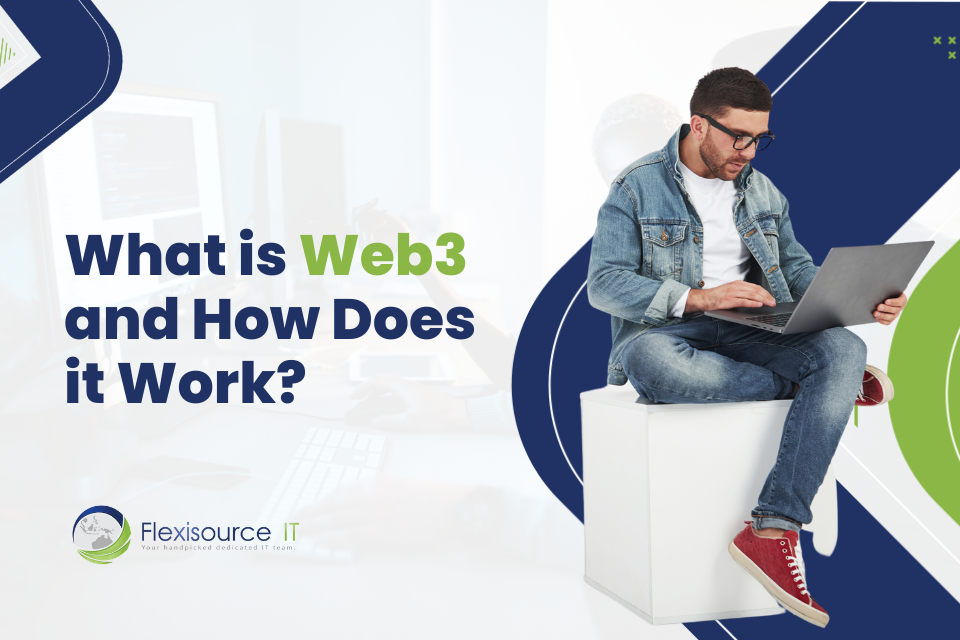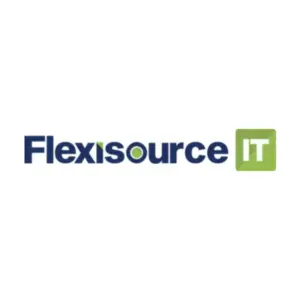Web3 is bringing some exciting changes to the business world. Unlike the previous versions, Web1.0 and Web2.0, the latest version of the internet give web users more control and a better online experience.
If you are curious about what Web3 is and what it can do for your business, then this article is for you.
What is Web3?
A lot of people have wondered what Web3’s meaning is and how it will affect web users and businesses. Basically, the easiest way to define Web3 is as the third version of the internet.
For context, Web 1.0 was a basic “read-only” version that had zero interactivity. After that, with Web 2.0, people can interact with web pages and create content.
Web 3.0. is the next step in the internet’s evolution. It aims to create a “read-write-execute” environment that puts more control in the hands of web users.
This evolution shows a big improvement in the overall web experience. Web3 uses advanced language processing and machine learning to take a proactive approach. It enables the internet to work like a personal assistant that asks users what they need instead of just being a repository of information.
How Web3 Works
The latest version of the internet is set to be faster and provide a better user experience. This is something a lot of people are looking forward to since it uses a lot of the latest technologies we are already familiar with but have not maximised to their full potential.
Web3 development uses blockchain technology as its core foundation. In addition, it also uses artificial intelligence, machine learning, the Internet of Things (IoT), and the semantic web.
These make Web3 an open, autonomous, and intelligent internet with a decentralised and secure infrastructure. As a result, web users can protect their data and control their experiences—a welcomed improvement given the rise of cyber security and data breach issues.
Fundamentals of Web3
With that said, Web3 operates based on the fundamentals listed below.
Decentralisation
Unlike traditional systems, where a central authority is in control, Web3 operates on a decentralised network. This means web users can easily interact with one another without intermediaries like banks, social media, and other platforms that act as middle-man.
Blockchain Technology
As mentioned earlier, Web3 is built on blockchain technology. Essentially, it is a super-secure notebook that openly records all transactions and data, but it cannot be changed or edited in any way. This makes Web3 in blockchain decentralised and transparent.
In addition, it is also trustless. Its system does not need web users to trust each other or a middle-man to ensure that the recorded data and transactions are secure, accurate, and authentic.
Cryptography
Web3 also uses cryptography. This means every record is encrypted data that can only be accessed and seen by authorised web users.
Smart Contracts
Basically, smart contracts make it more convenient for web users to exchange things like money or information. This means transactions are executed faster and more smoothly by themselves, without any intermediaries to help them work.
Interoperability
It is the ability for two different systems or devices to work together and even easily exchange information without any additional modifications. For Web3, this means different blockchain networks can talk to each other and share data without the need for software, modifications, or a third-party intermediary.
Benefits of Web3
The Web3 browser shows plenty of potentials that a lot of businesses can leverage. In fact, here are the following benefits that are most noteworthy.
- No third-party involvement
- Reinforce security
- Customer trust
- Better customer experience
- Enhanced supply chain
12 Uses of Web3 that Businesses Can Leverage
Future technologies are always emerging and revolutionising how we conduct business.
With that said, in the case of Web3, businesses can leverage it to improve their operations and security in several ways. Here are some uses you can adopt now to make your business more Web3-friendly.
Blockchain Technology
Blockchain is a tamper-proof digital ledger used as the core foundation of Web3. Businesses can take advantage of its decentralised nature by improving transparency. This is especially important for government-related processes such as taxation and auditing.
Moreover, it is a secure way to keep records, manage supply chains, and conduct verification. Web3 in blockchain technology can help businesses avoid fraudulent activity, streamline processes, and keep accurate records.
Cryptocurrency
Web3 in crypto enables businesses to provide another payment option to customers and even transfer funds without having to go through traditional digital banking systems.
For ecommerce businesses, crypto payments add another level of convenience and lower fees for international customers with a Web3 wallet or crypto wallet.
Currency Exchange
Businesses can also do currency exchanges by leveraging decentralised exchanges (DEXs) that operate on blockchain networks. Since it is peer-to-peer trading without any middlemen, this can reduce costs while allowing for faster cross-border transactions.

Social Media
Web3 shows its true potential in the realm of social media. In recent years, Facebook and other tech giants have been exposed to collecting huge amounts of user data and using and selling it to generate revenues.
Since Web3 is based on blockchain technology, the power goes back to the web user. In addition, social networking platforms will be more transparent.
For Web3 marketing, businesses can find new opportunities to engage with their audience, promote their brand, and provide unique value propositions. In addition, building a social media presence on Web3 platforms shows potential customers that the brand is more trustworthy.
Initial Coin Offerings (ICOs)
Businesses can use Web3 for ICOs to create and issue their own unique digital tokens. These can be a new way for start-ups and small businesses to raise capital since they can be sold to investors.
Non-Fungible Tokens (NFTs)
Businesses can use Web3 to create, trade, and manage NFTs. This can range from brand-centric digital art to exclusive collectables, and more. It is a way for businesses, regardless of size, to monetise their digital assets and create a new way to engage with customers.
In some cases, customers with a brand’s NFTs can also get VIP treatment and exclusive discounts and updates.
Decentralised Apps (dApps)
Centralised apps enable businesses to have quick collaboration and cloud storage. However, these leave them vulnerable to unauthorised access and manipulation by third parties. Decentralised apps solve this concerning problem.
The decentralised architecture of dApps can be used by businesses for supply chain management, which will provide security and end-to-end visibility.
It can also be used to develop and provide innovative services to customers. In-house and outsourced developers can use Web3.js to do this. Web3.js is a JavaScript library that enables developers to build user interfaces (UIs) that interact with smart contracts on the Ethereum blockchain network.
Smart Contracts
Smart contracts allow businesses and customers to enter into an agreement without the need for a third-party middleman, like a bank. This is especially beneficial for businesses involved in loans and purchasing large products, like cars.
This also gives businesses an opportunity to develop new business models based on Web3’s features and provide new services.
Distributed Computing (Edge Computing)
Unlike “Big Data” computing, wherein data is centralised in huge computer centres, distributed computing processes data locally at the network’s edges. In a way, combining the processing power of the devices connected to a network creates a decentralised supercomputer.
For tech-related and information-heavy businesses, this can help cut down processing time and costs for data analytics, machine learning, financial modelling, and even simulations.
Decentralised Autonomous Organisations (DAOs)
Businesses can cut down costs by adopting a decentralised autonomous organisational structure. It can help manage resources more effectively, improve the decision-making process, and even minimise the reliance on intermediaries. In addition, it can also increase community engagement and stakeholders have more input on how to improve business operations.
Machine Learning and Artificial Intelligence
Machine learning and AI can analyse data and help businesses make data-driven decisions. In addition, Web3’s capabilities for machine learning and AI give businesses the opportunity to create a unique and brand-centric customer experience and streamline certain web-related business processes as well.
Metaverse
The metaverse is a concept that is closely similar to and connected with Web 3.0. One more thing they have in common is that these two are already here and will become more mainstream in the following years.
Basically, the metaverse is an extension of Web3. It incorporates virtual and augmented reality, which presents businesses with the opportunity to give a more immersive customer experience. In addition, it is considered the next stage of social media, which gives brands another avenue to engage with their audience.
One way businesses can engage with their audience is through Web3 gaming in the metaverse. Basically, brands create games for an event. Participants can own in-game assets and trade these for exclusive items and promos provided by the business.
Final Thoughts
Web3 is the next evolution of the internet. It is a decentralised web that can help businesses to operate more efficiently and safely. In addition, its features enable end-to-end transparency, provide accurate and untampered record keeping, and minimise reliance on intermediaries.
Basically, it is a new frontier for businesses with a wealth of benefits. It is safe to say that Web3-friendly innovations will continue to roll out in the following years as the new version of the internet becomes mainstream.
Want to stay ahead of the competition? Learn the latest news and trends with Flexisource IT! Subscribe to our newsletter.







